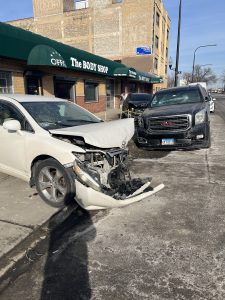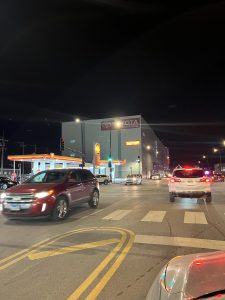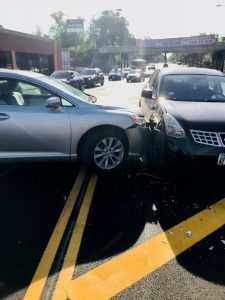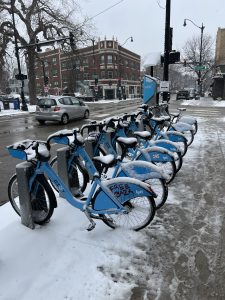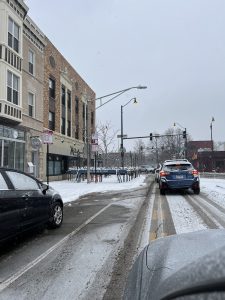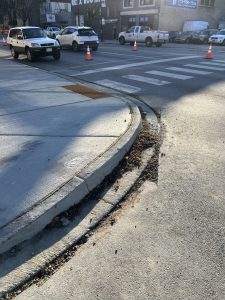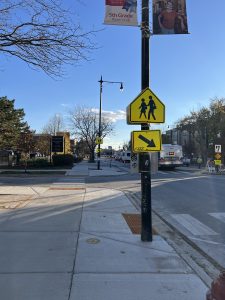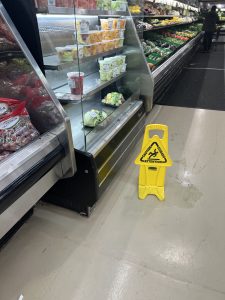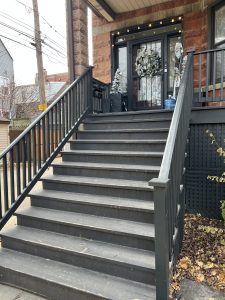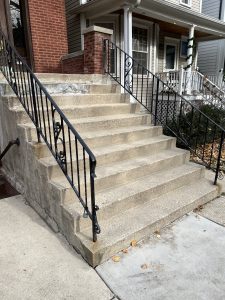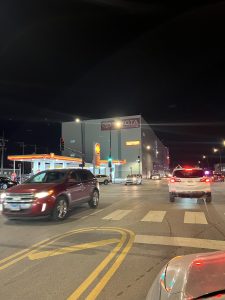
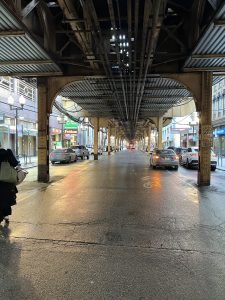
Written and reviewed by Peter Zneimer of Zneimer & Zneimer P.C.
As Chicago personal injury lawyers with over 20 years of experience, Zneimer & Zneimer P.C. has witnessed a constant rise in the cost of medical treatment, car repairs and used cars and new cars over the years. However, during that 20 years, the minimum insurance coverage required by the state of Illinois has risen from $20,000 to $25,000 per person with the maximum of $50,000 coverage per car if there are passengers who were injured. While some people opt for the $25,000 coverage policy because it is the cheapest, it is also the riskiest. If you get into a crash that is your fault and the other driver is injured and needs to be taken to the hospital via ambulance and the requires physical therapy the medical damages alone can quickly reach that $25,000 policy limit. That is not even counting the additional damages of wage loss, pain and suffering and loss of a normal life that the other driver may be entitled to. If the damages to the other driver far exceed your policy limit of $25,000 and you own significant assets such as stocks, a bank account and a paid for house, nothing prevents the other driver from rejecting the $25,000 policy and going after your personal assets. If you do not have any assets, then there is less risk in purchasing the minimum policy, but if you do own assets then you can rest easier with a large policy limit.
The personal injury lawyers of Zneimer & Zneimer, P.C. often have clients who were in an accident and the other at fault party in the other car either is uninsured or has only the bare minimum policy of $25,000. Fortunately, Illinois law requires that all insurance polices also include uninsured motorist coverage that offers protection in case you are injured by a driver that does not have insurance or if you are injured by a hit-and-run driver. The minimum coverage for uninsured motorist is $25,000 per person injured in the accident and $50,000 per single accident if there are multiple injured passengers. What if the other at fault driver has only $25,000 coverage but your medical bills far exceed the $25,000 and the other drivers insurance offer the total$25,000 policy? Does that mean you will be left insufficiently compensated? The answer is that depends. If you also have the minimum $25,000 policy and you settle with the other at fault driver for $25,000 (the full policy) then the $25,000 you receive from the other driver will be set-off again your own $25,000 coverage so you will not receive any additional compensation. However, if the other driver had $25,000 in coverage and you had $100,000 in under-insured coverage, then after you received the $25,000 policy from the other driver and after the set-off of $25,000 you will have $75,000 in additional coverage for a total of $100,000. So it may well be worth paying extra for larger policy limits to be protected from under-insured and uninsured motorists. Given that almost 17% of drivers on Illinois roads and a large percentage of drivers only carry the minimum coverage, it is wise to pay the extra for larger policy limits.

